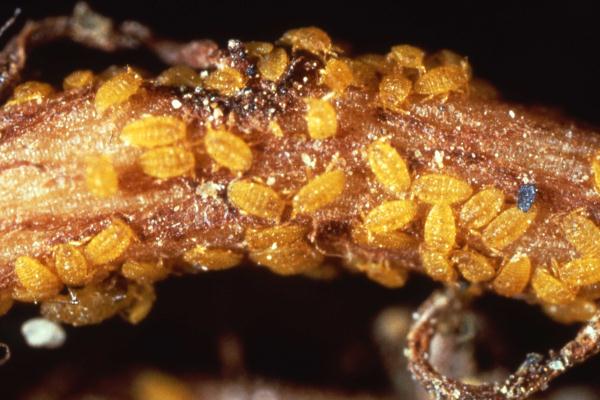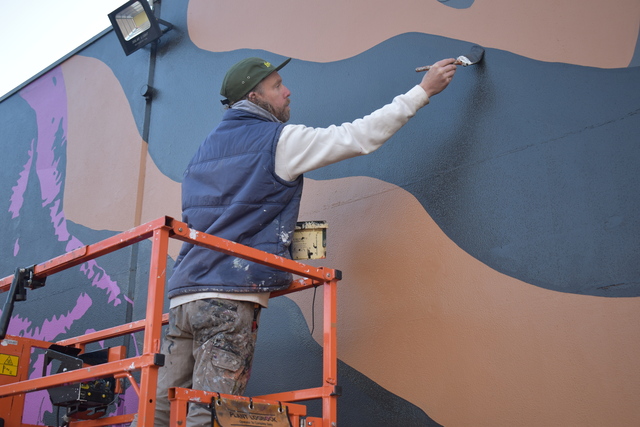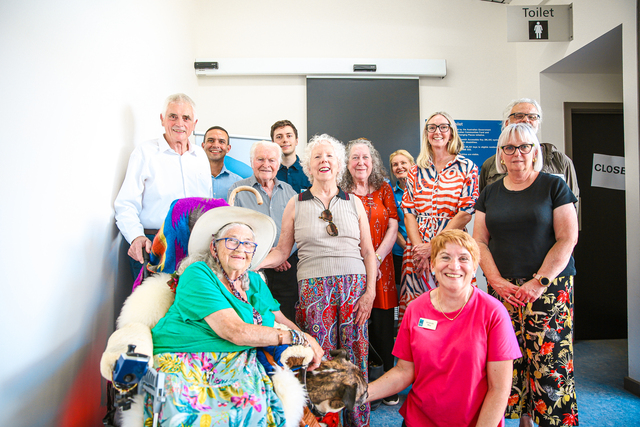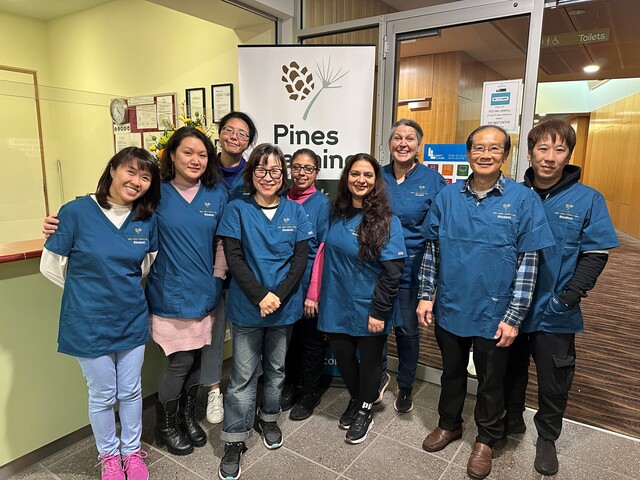Vinehealth Australia, together with Wine Yarra Valley, hosted 35 wine industry members in the Yarra Valley on Tuesday 26 November to see the impacts of the grapevine killer, phylloxera, firsthand.
The 2019 Phylloxera Immersion Tour allowed participants to hear the latest science and learn how they can avoid infestation.
Phylloxera is a soft-bodied insect pest that eats grapevine roots, which can kill the plant.
Phylloxera was first detected in the Yarra Valley in December 2006. The region’s Maroondah Phylloxera Infested Zone (PIZ) boundary has been redrawn seven times since then as new detections have been reported.
Rob Sutherland, viticulturist at De Bortoli Wines, estimates the financial impact of phylloxera in the Yarra Valley around $1 billion, based on replanting nearly the whole region to rootstock and accounting for losses due to production lag.
This figure would rise further when other factors such as loss of brand continuity, business value and compliance costs are taken into account.
Vinehealth Australia CEO Inca Lee said the Phylloxera Immersion Tour was a valuable opportunity for members of the wine supply chain to educate themselves about the vine killer, which has been called the world’s worst agricultural pest.
“We know phylloxera doesn’t respect state borders. To prevent the introduction of phylloxera or other harmful pests and diseases, the wine industry’s commitment to biosecurity has never been more important,” Mr Lee said.
“There are simple things growers and winemakers can do to stop the spread of pests and diseases that are being discussed throughout the tour.”
Phylloxera is a hitchhiker pest that is established in parts of Victoria and New South Wales and has previously been detected in Queensland, while South Australia, Western Australia and Tasmania are phylloxera free.
According to Vinehealth, there is no chemical or biological treatment for a phylloxera-infested vineyard. The only option is to pull out the vineyard and replant with new vines that have been grafted onto phylloxera tolerant or resistant rootstock.
Agriculture Victoria revealed that there had been three detections of phylloxera in the Yarra Valley between February and June.
The most recent detection occurred in Seville and prompted a proposed increase in the Maroondah Phylloxera Infested Zone (PIZ) to include parts of Seville, Seville East and Woori Yallock.
This case followed alerts of phylloxera detections at Coldstream on 28 March and St Andrews on 1 March.
There are biosecurity regulations for importing grapevine planting material, machinery and equipment used in vineyards, grapes, grape products and vineyard soil.
Footwear and clothing can pick up and spread phylloxera, but people movement is not regulated.
It’s up to each vineyard to implement best-practice farm-gate hygiene for phylloxera.
Vineyard owners should report any unusual growth symptoms or pests to Vinehealth Australia on (08) 8273 0550 or the Exotic Plant Pest Hotline on 1800 084 881.







